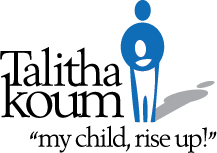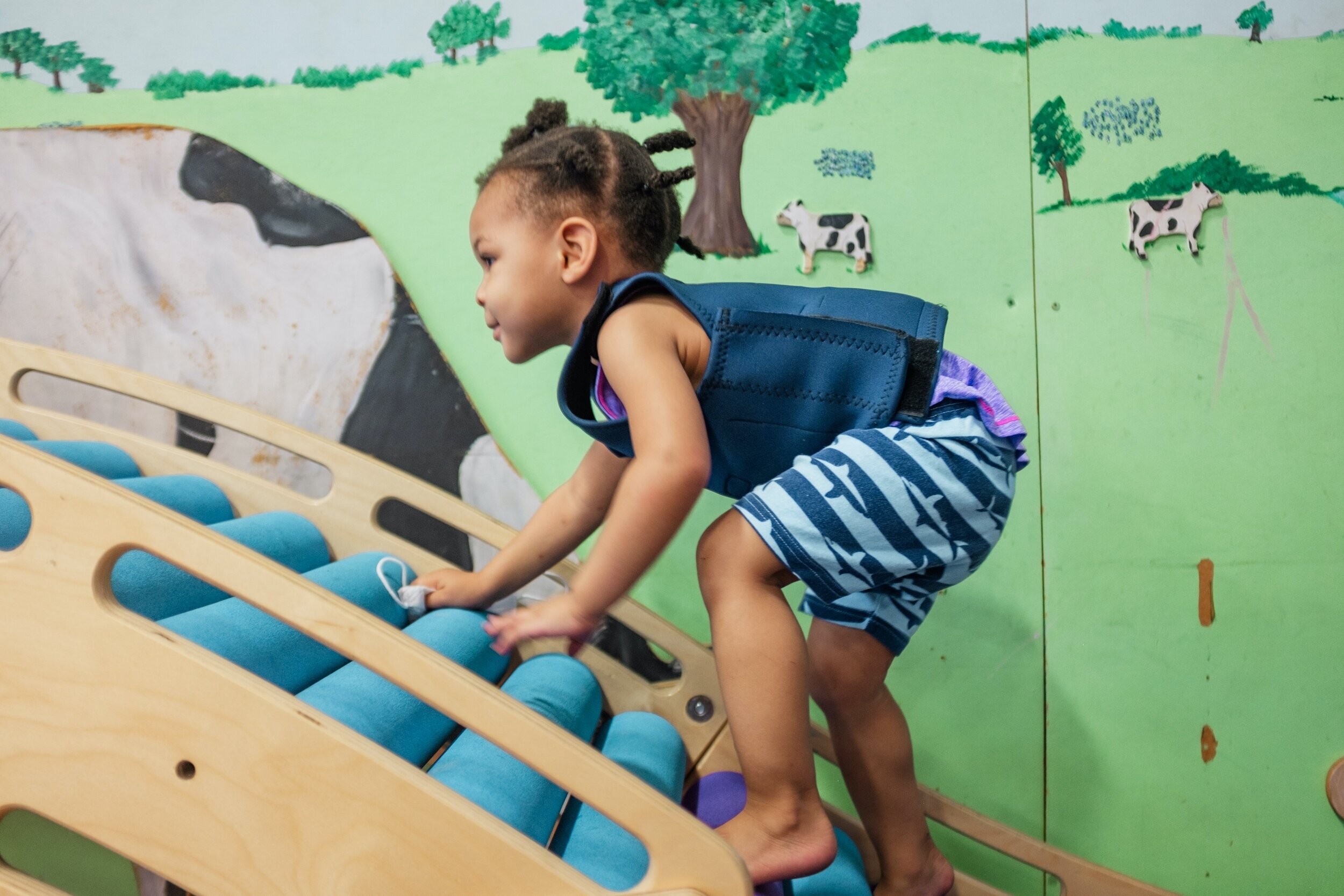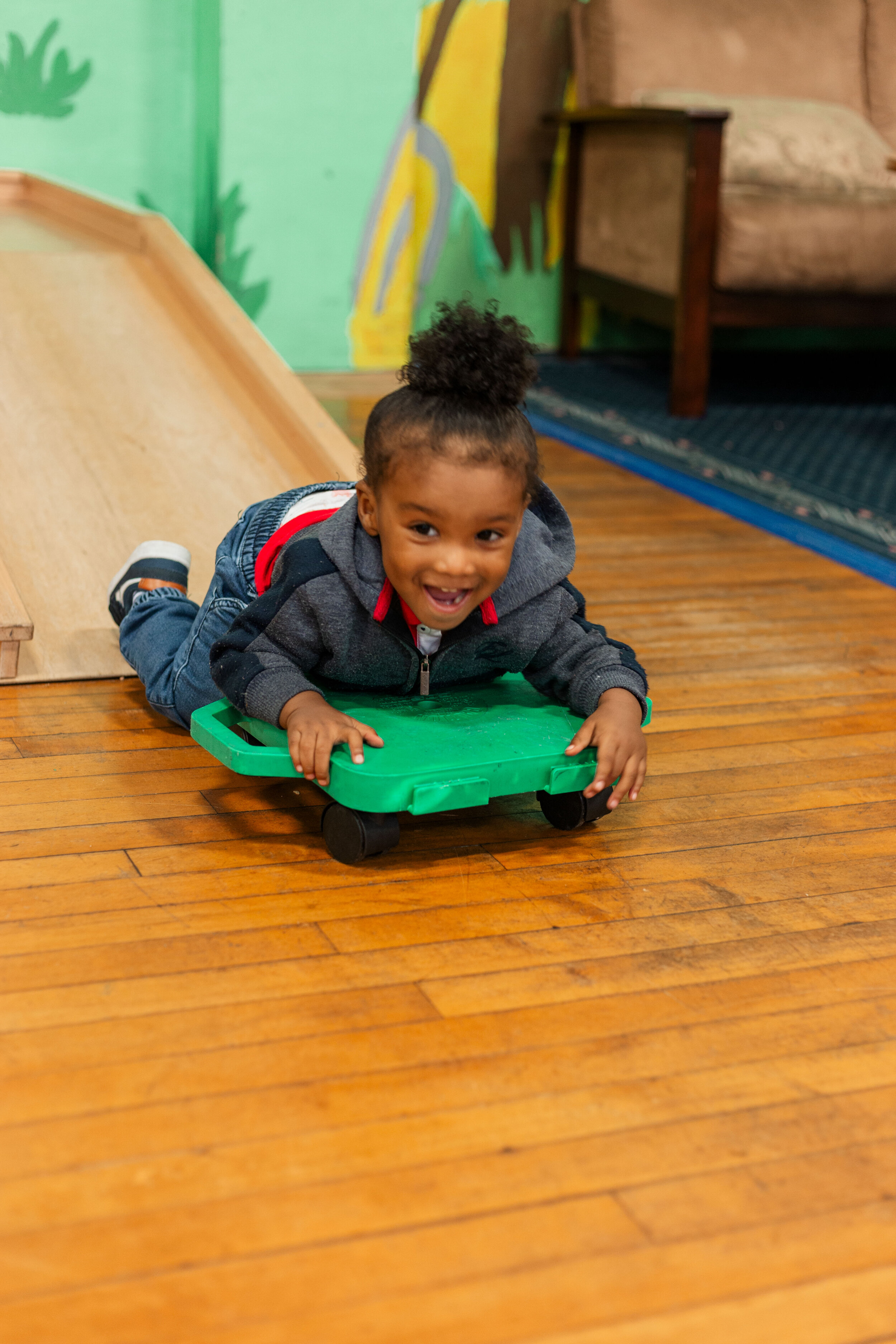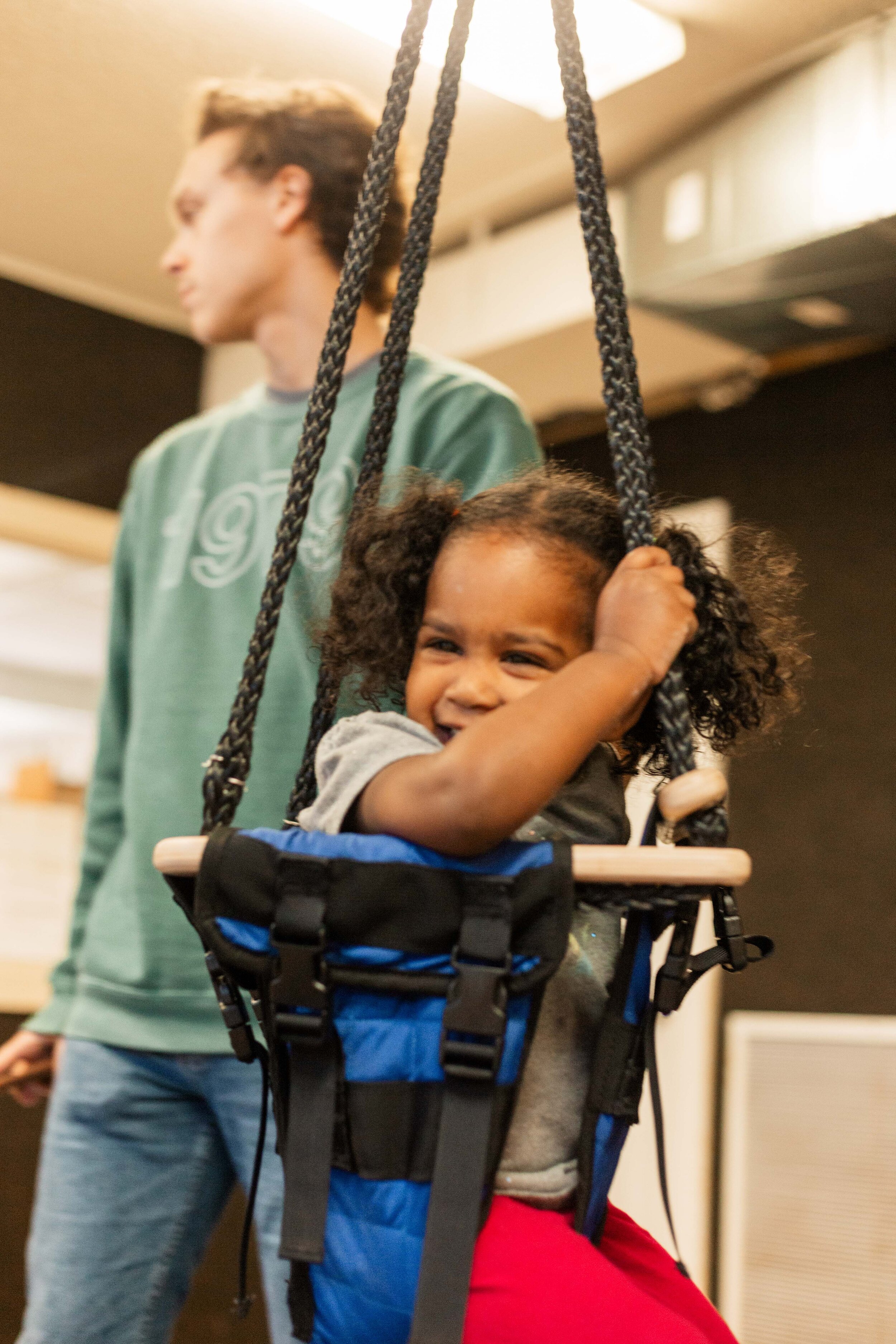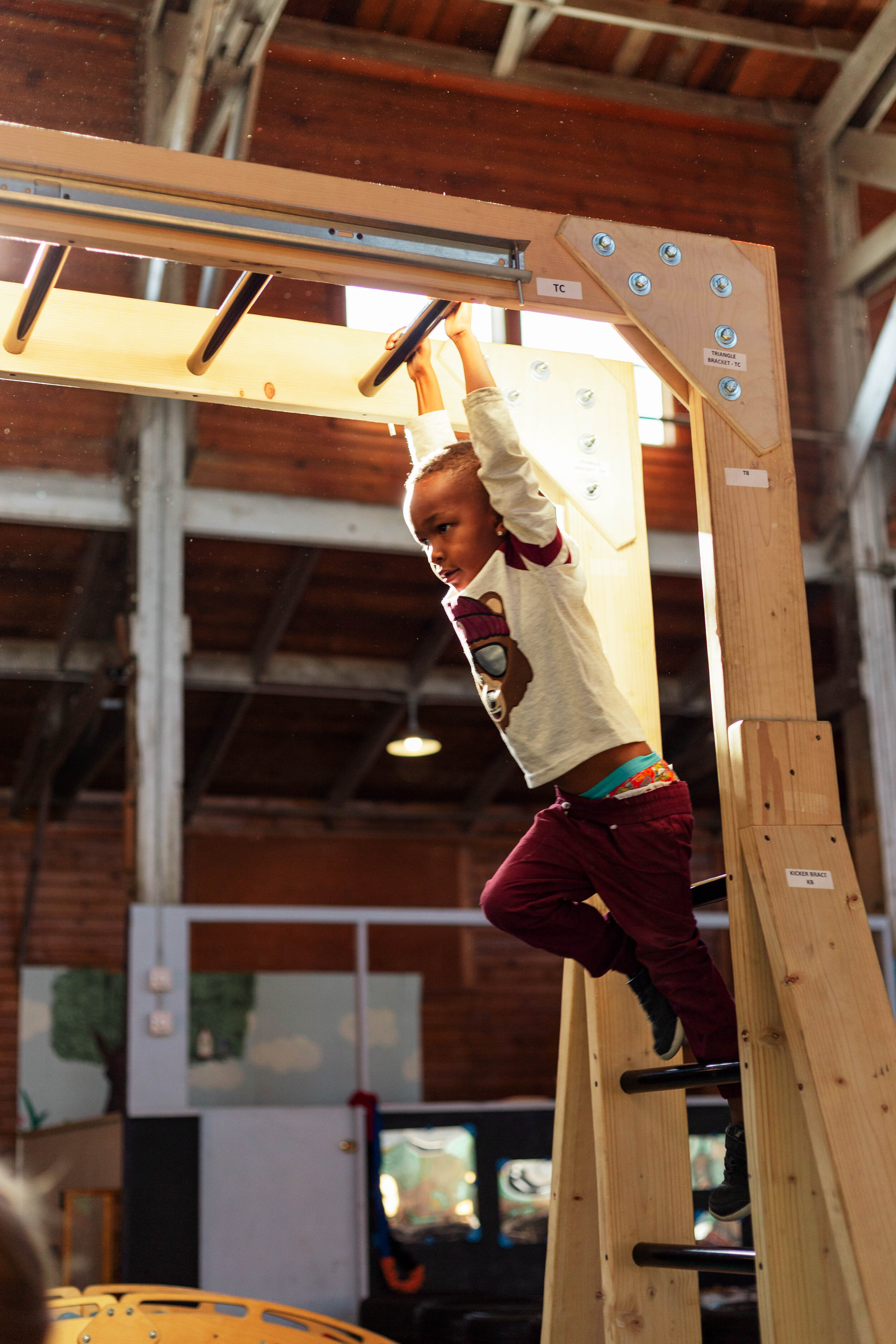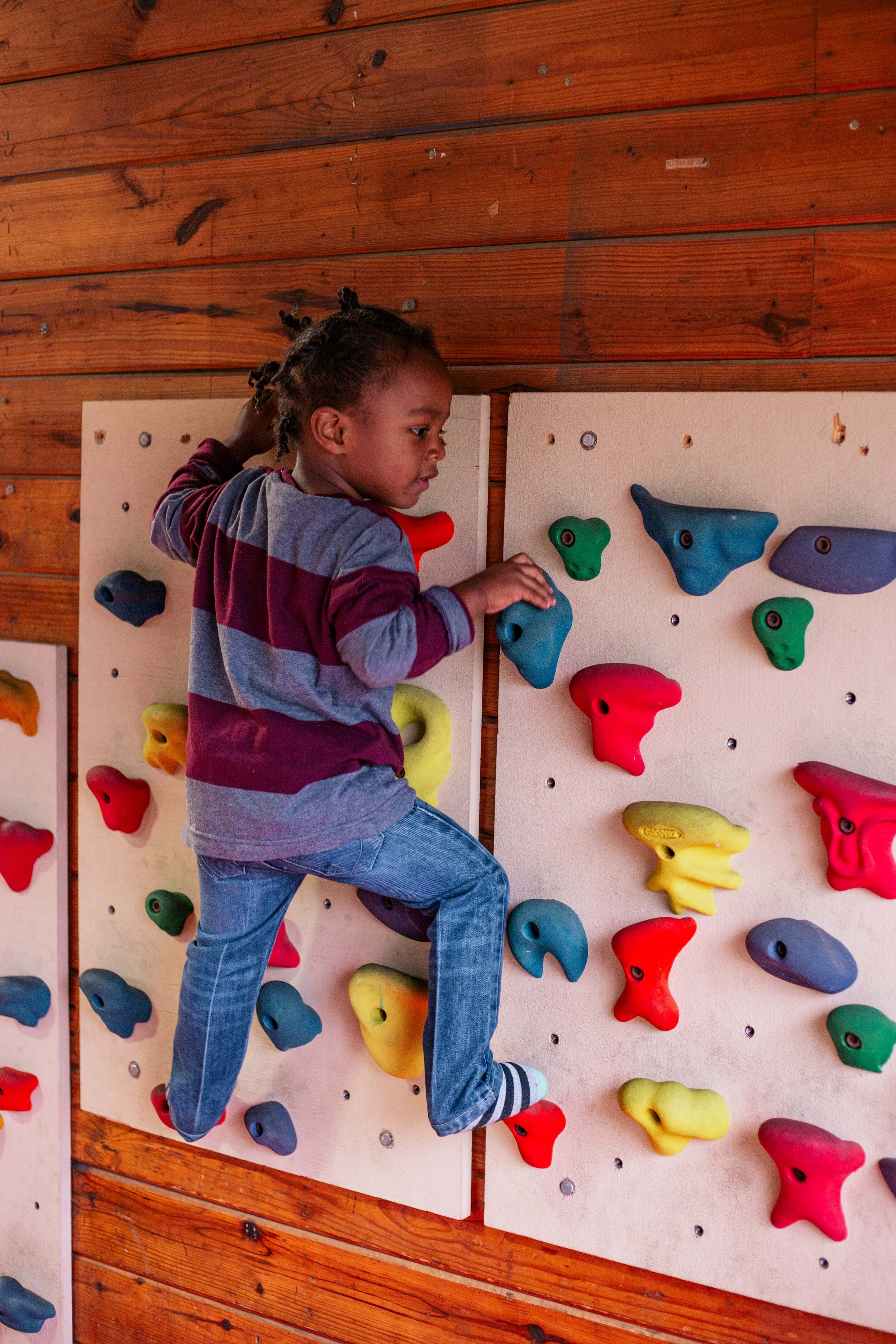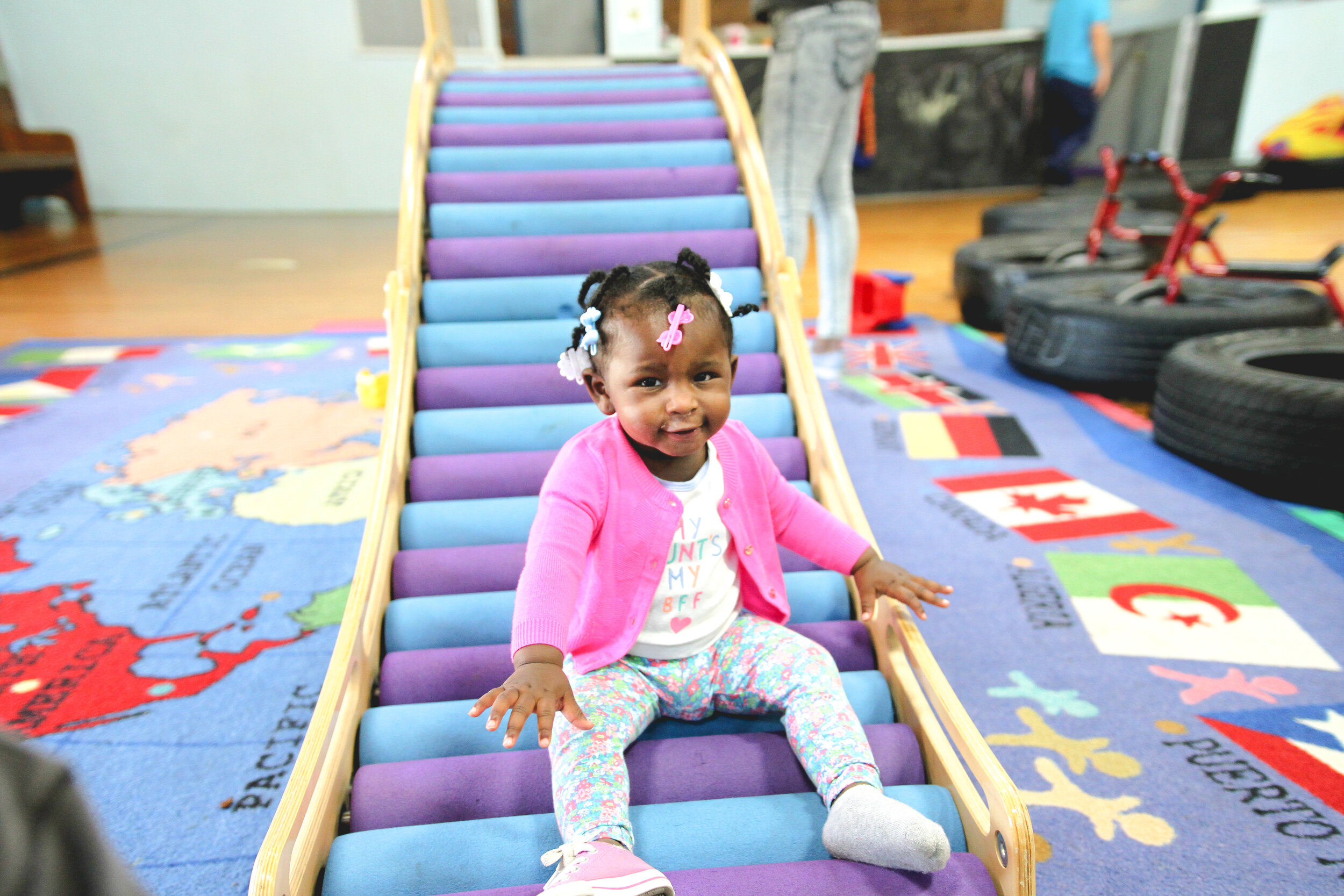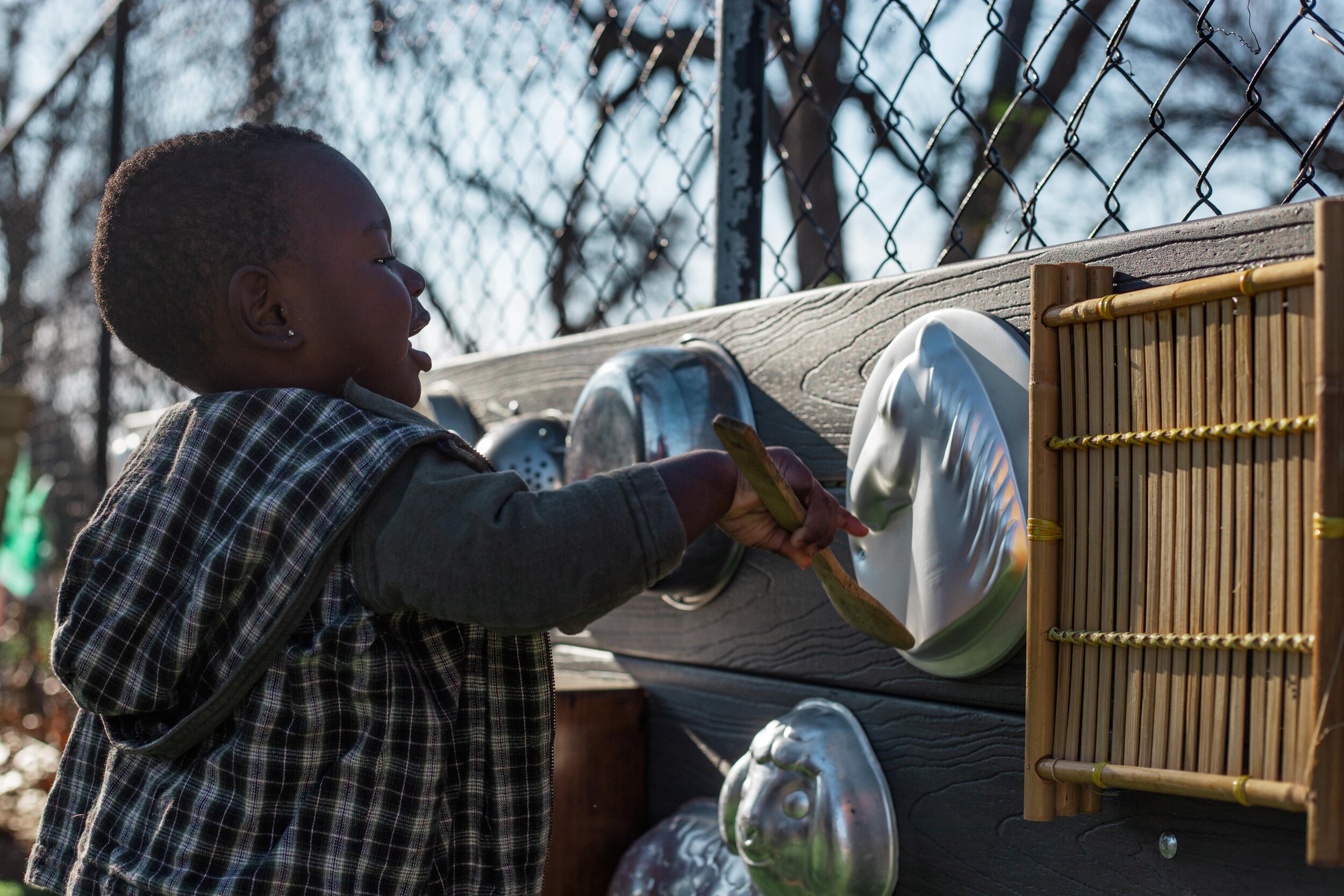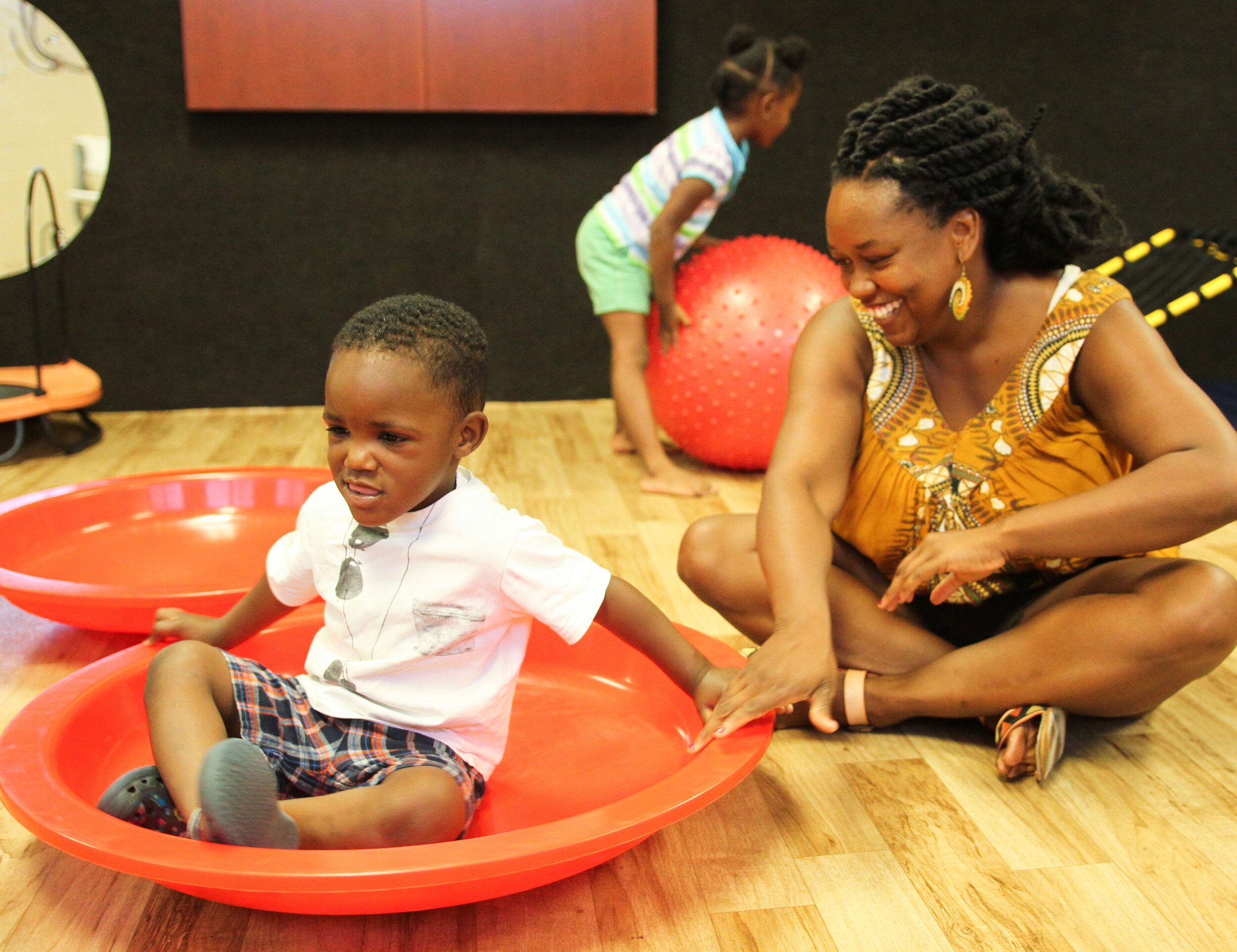The Brain is a Complex Wonder. Developing it is a Sacred Trust.
“For God has not given us the spirit of fear, but of power and of love and of a sound mind.”
2 Timothy 1:7 comes close to being a perfect motto for Talitha Koum’s mission.
Blessed with the calling and responsibility to serve high-risk children, Talitha Koum Institute is instructed by data and insights from leading experts in the field of neuroscience – and shot through with the guiding light of love. Established in 2003, our program shows that a courageous approach to child development can make a world of difference.
From the beginning, Talitha Koum has relied on the proven HighScope® cognitive curriculum to bring positive change in the behaviors and interactions of its birth-to-five children. In 2009, Talitha Koum began to strongly explore ChildTrauma Academy’s Neurosequential Model of Therapeutics (NMT), championed as one of the most effective methods for working with children who had experienced trauma. That same year, encouraged by a visit from Dr. Rick Gaskill (Ed.D.), a Fellow of ChildTrauma Academy, Talitha Koum began to integrate these data-proven methods into our Nurture Center program.
Overactive Stress Response Systems Stunt Brain Development
The Neurosequential Model, developed by Dr. Bruce Perry (M.D., Ph.D.), is a multidimensional assessment "lens" designed to provide a useful "picture" of the child's current strengths and vulnerabilities. This information is then used to develop a therapeutic plan for each child.
The Neurosequential Model recognizes that children’s brains develop sequentially, and if there are lower brain deficits, development of more advanced areas will be stalled. For example, the ability to observe and learn from the child’s surroundings is inhibited if the child is in survival mode and feels unsafe. If a child’s stressors are causing the brain to be in a near-constant state of fight, flight, or freeze, the first step in NMT is to reduce alarm and nurture the child to a calm state.
The purpose of all social-emotional development is top down modulation. This means that the upper levels of the brain (cortex and neo-cortex) have developed to a level that they can override the lower levels of the emotional brain. This is what keeps us from ramming into a car that cuts us off in traffic or lashing out at someone who has somehow insulted us.
Young children are in the earliest stages of this development, but for young children who live in a household with toxic stress, this development can be impaired. For these children, there has to be bottom-up brain modulation, and this takes place through somatosensory activities. These activities must be: relational (safe), relevant (developmentally matched to the individual), repetitive (patterned), rewarding (pleasurable), rhythmic (resonant with neural patterns), and respectful (of the child, family, and culture).
Brain Maps Help Us Identify Areas to Strengthen
At Talitha Koum, we recognize that each child’s unique needs should be met with a unique approach. Once each year, our Occupational Therapist, Carol Salvesen, certified by the Child Trauma Academy in the Neurosequential Model of Therapeutics, develops a functional Brain Map for each child. These Brain Maps allow us to compare a child’s brain development to those of typically developing children in the same age group — in the areas of sensory integration, self-regulation, relational development, and cognitive development. Brain Maps identify the areas of the brain in most critical need of development or reorganization, and provide clinical information used by the TK clinical team to develop a plan for intervention that is best suited to the child’s individual needs.
Somatosensory Activities Improve the Stress Response System
Just as adults must practice and repeat actions over and over to develop muscle memory and skill, so a child’s brain needs repeated positive experiences to appropriately develop. Consistently adding somatosensory activities into a child’s daily routine can make a substantial difference in long-term brain development.
Somatosensory activities include swinging, jumping on a trampoline or jumping off a rock or platform, pushing heavy objects, moving to a steady beat, or touching and squeezing materials with different textures such as playdough and sand for tactile input. Most importantly, to be effective, these activities must take place with a trusted adult or peer.
Talitha Koum strives to ensure that each child receives the individualized care and attention needed —an act of mercy, yes, but of justice, too.
